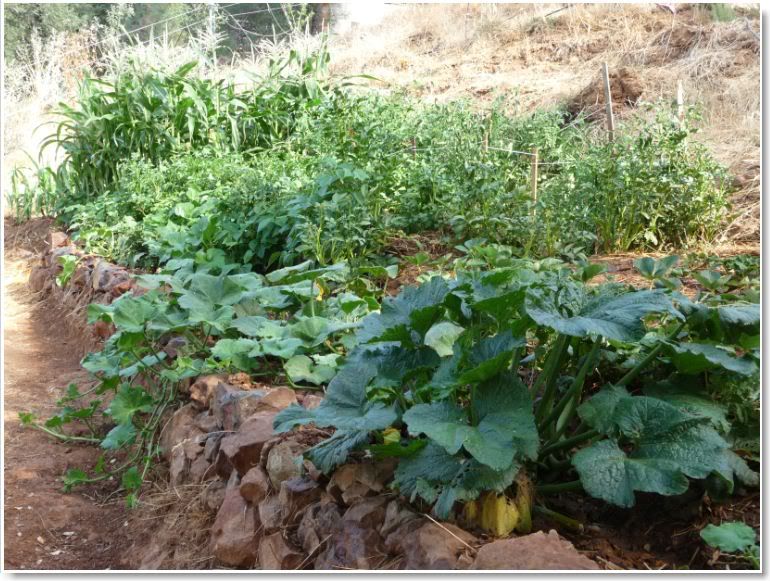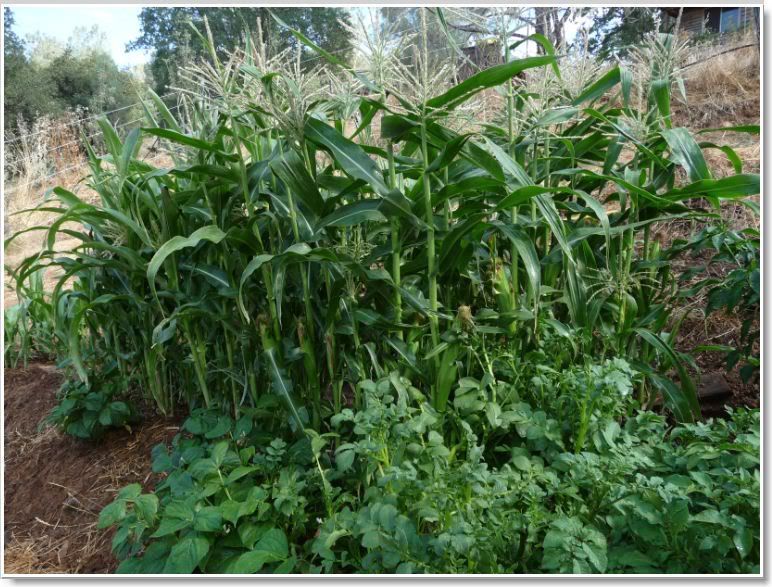




- Glenn -











- Glenn -





Idle dreamer




Ludi wrote:
I have machinery envy!

- Glenn -




Brenda
Bloom where you are planted.
http://restfultrailsfoodforestgarden.blogspot.com/




Brenda
Bloom where you are planted.
http://restfultrailsfoodforestgarden.blogspot.com/




- Glenn -




Brenda
Bloom where you are planted.
http://restfultrailsfoodforestgarden.blogspot.com/




Brenda
Bloom where you are planted.
http://restfultrailsfoodforestgarden.blogspot.com/




- Glenn -




- Glenn -







- Glenn -








Brenda
Bloom where you are planted.
http://restfultrailsfoodforestgarden.blogspot.com/






- Glenn -
 1
1





- Glenn -




 I burned some of my stuff this year, but also saved a bunch after I began reading about hugelkulture . I have enough for a fairly large bed now and am looking for the best place to locate. I think that I have a spot. I took a picture, but my two year old daughter has worked her chaos upon my digital camera cord, so; I'll have to post that later. Are the pine trees you are talking about also known as "digger" pines, or are you talking about another species?
I burned some of my stuff this year, but also saved a bunch after I began reading about hugelkulture . I have enough for a fairly large bed now and am looking for the best place to locate. I think that I have a spot. I took a picture, but my two year old daughter has worked her chaos upon my digital camera cord, so; I'll have to post that later. Are the pine trees you are talking about also known as "digger" pines, or are you talking about another species?



 It would be nice to get the benefit of the machine and have someone else enjoy the maintenance!
It would be nice to get the benefit of the machine and have someone else enjoy the maintenance!"Limitation is the mother of good management", Michael Evanari
Location: Southwestern Oregon (Jackson County), Zone 7











- Glenn -













- Glenn -




Brenda
Bloom where you are planted.
http://restfultrailsfoodforestgarden.blogspot.com/




Glenn Kangiser wrote:What will the cities do if big brother ever goes missing or can no longer meet their needs?
"the qualities of these bacteria, like the heat of the sun, electricity, or the qualities of metals, are part of the storehouse of knowledge of all men. They are manifestations of the laws of nature, free to all men and reserved exclusively to none." SCOTUS, Funk Bros. Seed Co. v. Kale Inoculant Co.








- Glenn -








- Glenn -








- Glenn -








- Glenn -





- Glenn -




- Glenn -













- Glenn -

|
It sure was nice of your sister to lend us her car. Let's show our appreciation by sharing this tiny ad:
Play Your Way to a Sustainable Lifestyle: Uncover Permaculture Principles with Each Card
https://gardener-gift.com/
|








